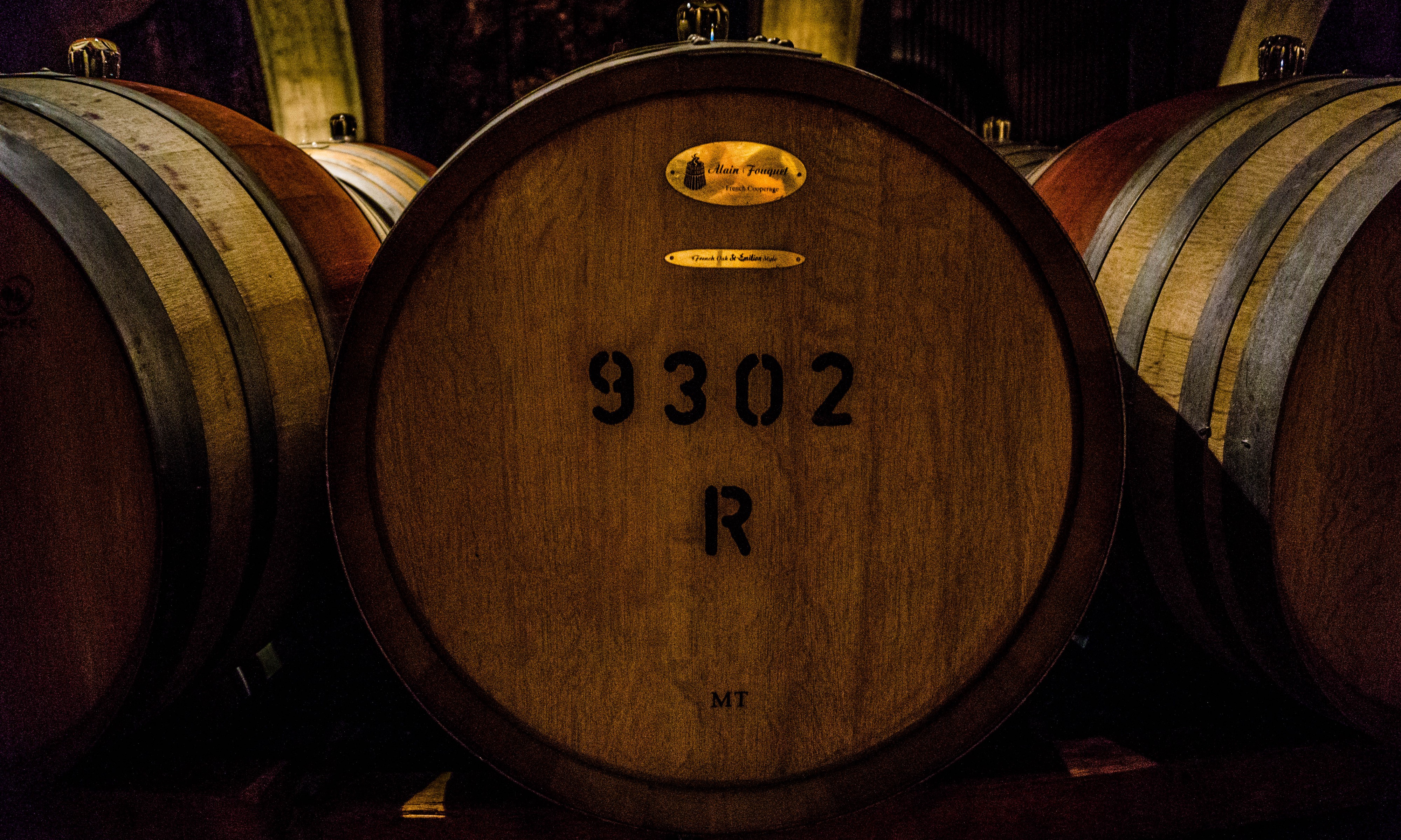Nearly every wine bottle states that it ?contains sulfites.? What?s this chemical, and is it giving us red wine headaches?
 Nearly every wine bottle in stores is labeled, in small print on the back, as ?containing sulfites.?
Nearly every wine bottle in stores is labeled, in small print on the back, as ?containing sulfites.?
Let?s face it: chemical names are scary.
None of us wants to find that our vegetables have glyphosate (a herbicide) on them. We don?t want to learn about the carcinogenic compounds present in some preserved food, or created when searing meat. People still claim to get headaches and allergic reactions from MSG. And when we look at the back of a wine bottle, we see that, almost every time, it?s labeled as ?containing sulfites.?
Are sulfites an additive that should be a cause for concern? Should we be shopping carefully to make sure that we pick sulfite-free wine?
Or is this like the classic elementary school prank of warning about dangerous ?dihydrogen monoxide? (also known as water)?
What are sulfites, and why are they in our wine?
Sulfites Are In Many Different Foods and Drinks
?Sulfite? is another term for sulfur dioxide, a colorless gas that?s made by combining one atom of sulfur with two atoms of oxygen. It?s a commonly used preservative, and is added to many different foods and drinks.
Most commonly, sulfur dioxide is used to help preserve dried fruit; it maintains freshness and color, and it prevents browning and rotting. Sulfites aren?t used on fresh fruit, under order from the FDA, and also aren?t used on meat products, as the compound pull vitamin B1 out of the meat. Sulfites are, however, added to dried fruits, preserved meats, and some baked goods, to help preserve them ? and to most wine.
(For fun, next time you swing by a grocery store, check out the back of a package of dried fruit, such as dried apricots, raisins, or mango. You?re all but guaranteed to find that these products also state, in appropriately small lettering, that the product ?contains sulfites?.)
Sulfite Allergies
 Wine is just one of many different sources of sulfites.
Wine is just one of many different sources of sulfites.
Like other food additives, sulfites have been well studied, and have been linked with some negative health effects in small segments of the population. Sulfite sensitivity, while rare (estimated to be present in less than one percent of the US population), appear to be linked to asthma.
Individuals with a sensitivity to sulfites may experience a tightening in their chest, making it difficult to breathe. This may cause a potentially deadly reaction for individuals with asthma. Sulfite sensitivity can also express itself as a rash or hives.
For individuals with a sulfite sensitivity, it?s recommended that they avoid dried fruits and preserved meats, both foods that contain high levels of sulfites.
Wine, however, is a more interesting story.
Wine ? The Battle Between Natural and Added Sulfites
 That barrel?s full of sulfites. Oh, and also full of wine.
That barrel?s full of sulfites. Oh, and also full of wine.
Unlike the other listed foods, wine normally has two different sources of sulfites ? natural sulfites, generated by yeast as part of the fermentation process, and added sulfites that are used to preserve the wine.
Even with both sources, wine is not especially high in sulfites, especially when compared to other food. Wine will contain between 160 to 400 parts-per-million (ppm) of sulfites. In comparison, a serving of dried fruit will contain up to 1,000 ppm of sulfites.
Some of the sulfite in wine is produced during the fermentation process, but this isn?t generally enough to preserve the wine product for a significant length of time after the fermentation process is complete. Additional sulfites are usually added after the fermentation process is complete to ensure that the wine doesn?t spoil while sitting on shelves, before it?s sold to the consumer.
However, some consumers still protest the thought of any ?unnatural chemical? in their wine, and some wine makers are responding by producing wines that do not contain any added sulfites. (Note that this doesn?t mean that the wines are sulfite free, as the natural sulfur dioxide produced in fermentation can?t be eliminated.) These products may be more likely to spoil and will have a shorter shelf life, but they can be useful if someone is prone to an allergic reaction to sulfites.
?Don?t the Sulfites in Red Wine Cause Headaches??
 She may have a headache, but it?s probably not because of sulfites.
She may have a headache, but it?s probably not because of sulfites.
There?s a persistent rumor that it?s the sulfites in red wine that?s responsible for the ?red wine headache? ? an aching that comes after consuming the offending beverage.
However, given the evidence presented above, it?s pretty clear that sulfites aren?t likely to be the cause of these headaches, given that red wine contains far less sulfite than other foods. Do these people also get ?dried fruit headaches??
Instead, this headache ? which sufferers report can set in after as little as a half a glass of red wine ? may be due to the presence of tannins in red wine.
Tannins, which are known scientifically as polyphenols, are compounds that come from the skins and stems of grapes. They?re mostly present in red wine, and they contribute to the dry, bitter flavor that you taste in the middle of your tongue. Red wines have varying levels of tannins, with the highest levels present in bold reds like cabernet sauvignons.
Tannins add richness and complexity to the flavor of red wine, and they also help protect the wine from oxidizing and spoiling in the bottle ? but they, not the sulfites, may be responsible for causing headaches for some wine drinkers. There?s still more research required in order to verify the connection between tannins and headaches, but sufferers can test the hypothesis by trying strong black tea (which is also loaded with tannins).
Of course, other factors that aren?t specific to red wine may also contribute to a headache ? the drink is high in both sugar and alcohol, both of which lead to dehydration and increase the negative effects of hangovers.
Overall, there?s no reason to worry about the ?contains sulfites? label on bottles of wine. As discussed, sulfites are a common preservative that are added to many other foods and drinks, including processed meat, dried fruits, and baked goods ? often at higher levels than are present in wine.
It?s possible to purchase wines that have ?no added sulfites?, but this doesn?t mean that the wine is sulfite free ? some of the compound is produced naturally by yeast during the fermentation process. Additionally, these wines without added sulfites are more likely to spoil and will not have the same shelf life as their added sulfite counterparts.
If someone insists that they get a headache from drinking red wine, they may want to try switching to a wine with less tannins ? it?s not the sulfites that are to blame.
Sam Westreich holds his PhD in genetics, focusing on methods for studying the gut-associated microbiome. He currently works at a bioinformatics-focused startup in Silicon Valley. Follow on Medium, or on Twitter at @swestreich.
Have a microbiome-related question? Comment to suggest a topic for my next story. Or check out this related story:


